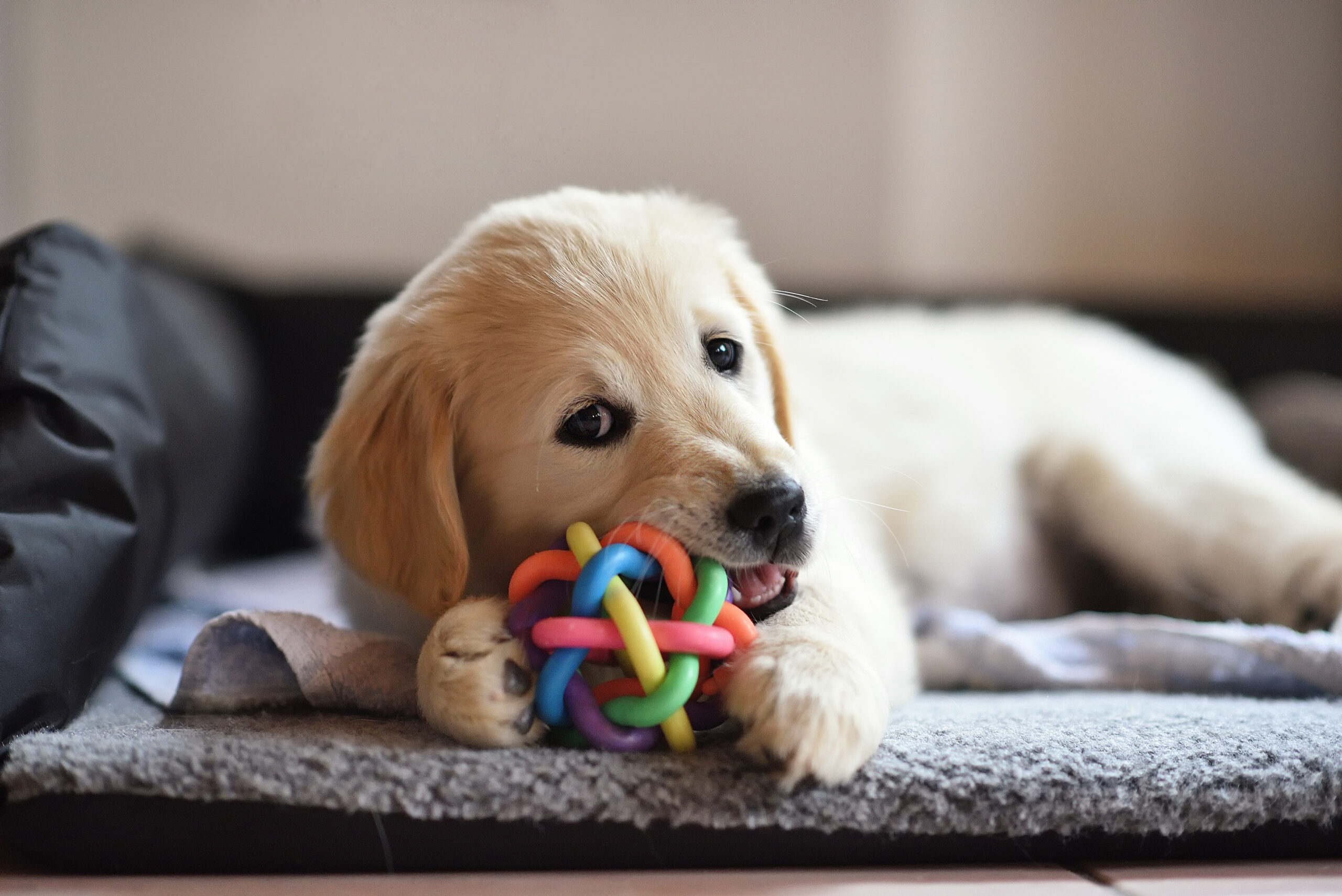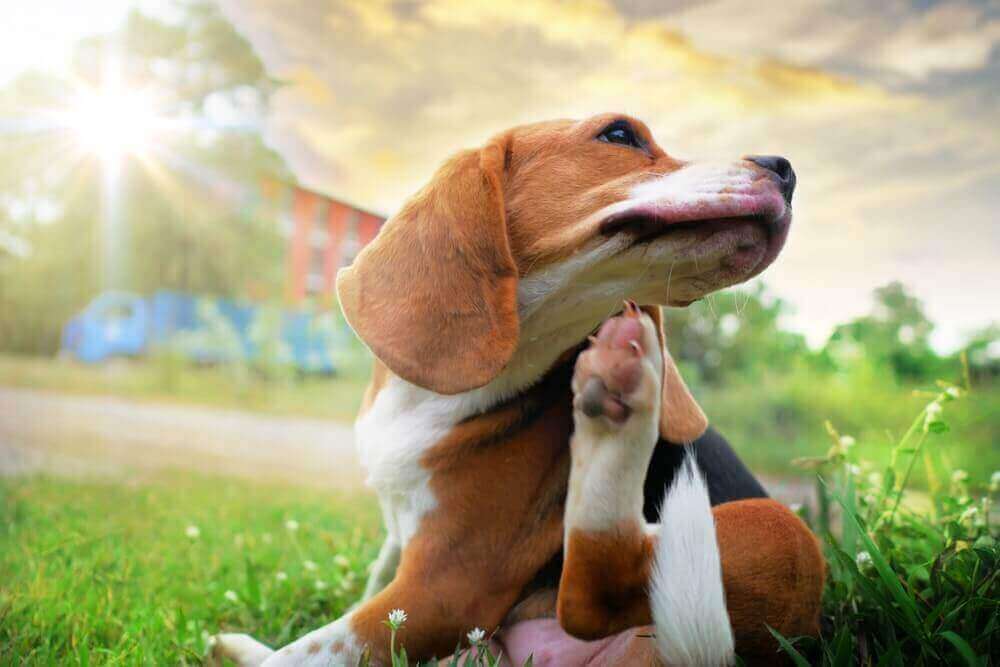Hey Ollie blog readers! We’re offering you an exclusive 60% OFF your starter box! Try now!
There are many different diets available for pups today. It is easy to get confused between marketing gimmicks and quality nutrition. With pictures of fresh wholesome meat and delicious looking fruit and vegetables on the packacging of many products, it is tempting to shop with your eyes.
We now know that many of these pet food labels use marketing tactics to promote food as healthy and use less than the highest quality ingredients. But don’t worry we’ll help you understand what to look for in a wet dog food and how much you should be feeding your best friend to keep them happy and healthy. We did the research and can offer you some of our best tips and tricks.
Why feed wet food to a dog?
There are many reasons why pet parents have turned to wet food for their pups. Some of the most common include:
1. It is easier to chew
For an older dog who has trouble chewing or has had teeth removed due to dental diseases, wet food can be easier to eat than a dry kibble. While dogs don’t chew their food the same as humans your pup still needs the ability to crunch their kibble. So if that is a challenge for your pup, you can support them by feeding wet food.
2. Wet food contains additional moisture
As the name implies, wet food contains more moisture than dry food. This is helpful for pups who don’t drink enough water and are prone to dehydration. It can also be important for dogs who have kidney issues. If you think switching to wet food might help with your pup’s medical condition, talk to your vet before making dietary changes.
3. Contains more protein than most dry kibble
Wet foods are generally speaking formulated with more protein and less carbohydrate content. They usually come packed with more meat than their dry counterparts. That said, all food is not created equally so it is still critically important to read the ingredient labels carefully before choosing a wet food.
4. It is more palatable to your pup
Most wet dog food is free from synthetic preservatives and contains more real ingredients. This combined with real chunks of meat and veggies makes wet food more palatable to your pup. Remember that dogs have a much more intense sense of smell than we do. This means that the wet food might also smell better to you pup than a dish of dry kibbles.
Tips for feeding a dog wet food
1. Determine the right portion size for your dog
Using the questions below to guide your thinking, determine the right amount of food for your pup. For example, let’s say your dog is a 45-pound 2-year-old mixed breed dog who is on the leaner side. The can suggests for dogs who are 35-45 pounds that they eat 2 cups of food per day, you may decide to feed your dog 2.5 cups, as that is the recommendation for dogs 45-55 pounds and you think your dog needs a little more food to keep his weight stable.
2. Decide if you want to mix wet food with dry dog food
Some dogs enjoy the benefits of both wet and dry food. You can mix them together or put the wet food on top of dry food. This is sometimes called topping. It can make dry food more exciting for your pup. Remember to factor in overall nutritional value when deciding how much of each to feed.
3. Provide fresh water for your pup
Your dog should always have access to fresh, clean, water, no matter what type of food they’re eating. Keep your dog’s water bowl clean and full throughout the day. Dogs generally don’t like water that has been sitting too long, so remember to change their water frequently.
4. Create a plan to take care of your pet’s oral health
To prevent tooth decay or food getting stuck in your pup’s teeth, ask your vet about brushing your dog’s teeth with an enzymatic toothpaste. Dogs need to be sedated for dental cleanings. You don’t want to put your dog under if you don’t have to, so try to keep up with the cleanings to minimize the number of professional cleanings your pet will need.
What else do I need to consider when determining how much wet food my dog needs?
What size and breed is my dog?
The larger the dog, the more food they will need to eat each day. Some dog breeds also may require more food than others due to faster metabolism or energy level. Wet food is often more expensive than dry food, so cost may be a barrier to feeding exclusively wet food if you have a larger dog.
How old is my dog?
Younger dogs need more food than seniors. As dogs age, their metabolism slows down. You may want to re-evaluate your dog’s caloric needs as they get older.
Is my dog over or under weight?
If your pup is not at its ideal weight you’ll want to work with your vet on a diet plan specific to your pup. If your dog needs to gain weight, you will want to work with your vet to help them pack on the pounds the right way. If your pup needs to lose a few pounds, your vet can help with a diet and exercise plan to get your pup back on the right track. You may also want to talk to your vet about your pup’s dietary needs in different seasons. Your pup may need some extra calories in the winter to help them stay warm and keep up their energy.
How active is my dog?
If your dog runs, hikes or competes in sporting events like agility, flyball, or dock diving they may need more calories, especially when they’re competing. Talk to your vet or a knowledgable nutritionist to make sure your dog is in optimal shape to compete and win.
How many times per day does my dog eat?
Some dogs eat 2 times per day and others may eat 3-4 small meals. If your dog is a breed that is prone to bloat, you may split your dog’s food into more frequent meals. Remember to take the total amount of food your dog needs to eat per day and divide it by the number of meals you’ll be feeding. This way you won’t accidentally overfeed your pet.
Ollie’s fresh food helps take the guess work out of feeding wet food. By providing your pup’s information, you’ll receive custom feeding guidelines to help you serve the perfect portion at every meal. Create your pup’s custom meal plan today.
Your dog’s nutrition plays a big role in overall health and preventing diseases. Use our tips as a guide to determine the right amount of wet food to feed your pet. If you have any questions or concerns about your dog’s nutrition or what you’re feeding speak with your vet or a qualified nutritionist. Your pet will lead a longer, happier, and healthier life when they’re well-fed and nourished!
The Ollie blog is devoted to helping pet parents lead healthier lives with their pups. If you want to learn more about our fresh, human-grade food, check out MyOllie.com.
Tagged As:

The nutrition your dog needs,
the food they want.

Enjoying our articles? Subscribe our Newsletters and get new articles directly to your inbox
You might also like
13 May 2025
8 MINS READ
Puppy Training Guide & Behavior Timeline
Bringing home a puppy is pure magic. It’s also pure chaos—tiny teeth, zoomies, accidents in the house, and moments that make you wonder if you’re raising a future genius or a tiny tornado. …
by Ollie Pets
10 May 2025
12 MINS READ
New Puppy Checklist: Guide To Prepare For A New Dog
Bringing home a new puppy? This checklist covers everything new dog owners need—from essential supplies to training, feeding, and first vet visits.
by Ollie Pets
3 April 2025
9 MINS READ
Home Remedies for Fleas on Dogs: 10 Natural Ways That Actually Work
Wondering what kills fleas on dogs instantly and naturally? If your pup is scratching like crazy, it may be time to take action. In this guide, we’ll show you the most effective home remedies for…







